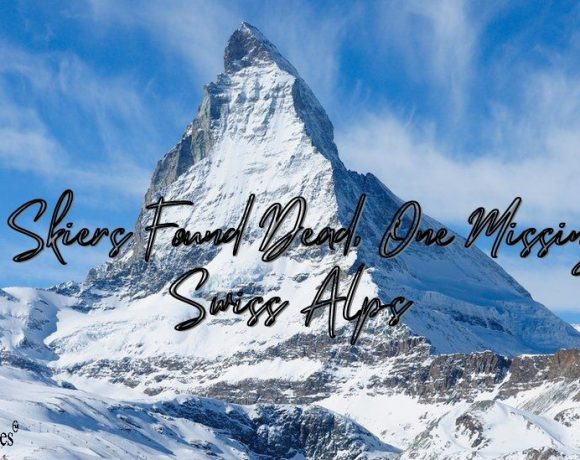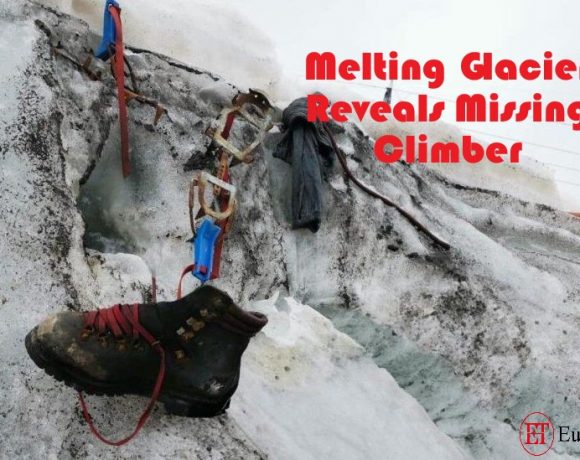
Swiss authorities have confirmed that five out of the six missing skiers have been discovered deceased in the Swiss Alps near the Tete Blanche mountain. The group, consisting of Swiss nationals aged between 21 and 58, had embarked on a ski tour from Zermatt towards Arolla along the Swiss-Italian border.
Despite efforts from search and rescue teams on both sides of the route, severe weather conditions, including high winds and heavy snowfall, have impeded the operation. Anjan Truffer, head of Zermatt’s air rescue service, mentioned that the adverse weather rendered flying impossible due to strong winds, heavy snow, and low visibility.
The group’s last recorded signal, though not verbal, provided rescuers with a general idea of their whereabouts. It’s speculated that the skiers may have succumbed to the harsh weather conditions rather than being caught in an avalanche, as they disappeared from an area with a low risk of avalanches.
The Zermatt to Arolla route, forming a part of the renowned “Haute Route,” is popular but demanding, suitable only for highly experienced skiers and can span several days.
Picture Courtesy: Google/images are subject to copyright

